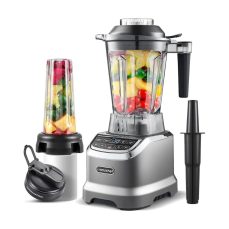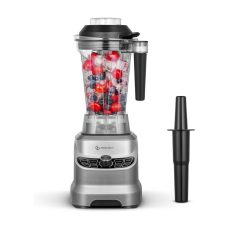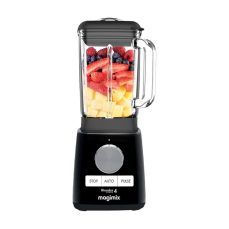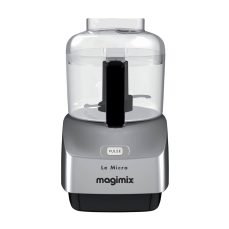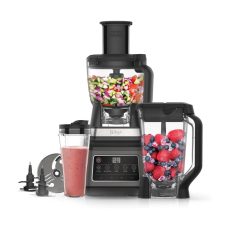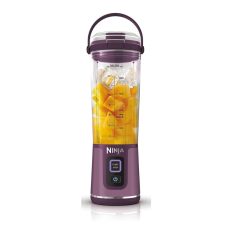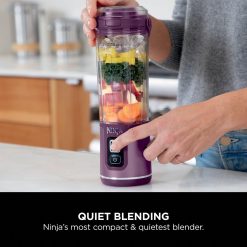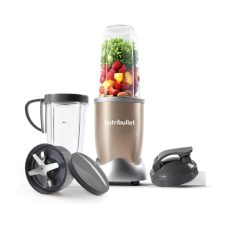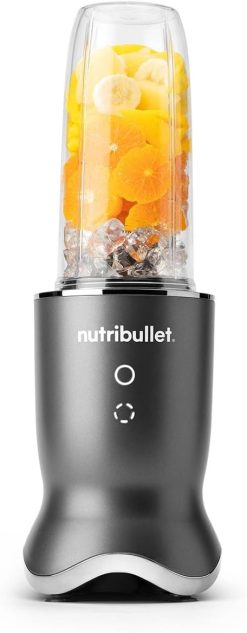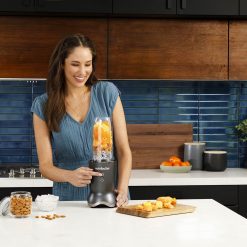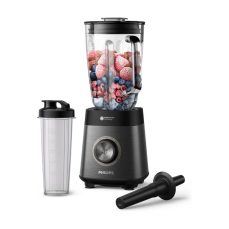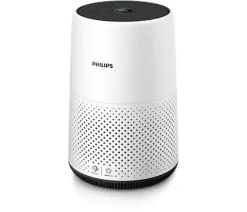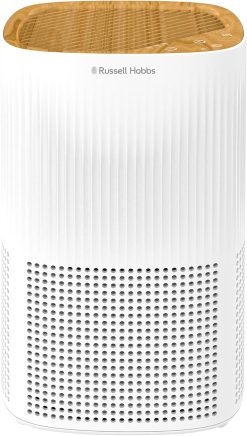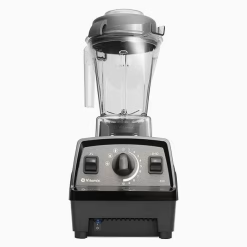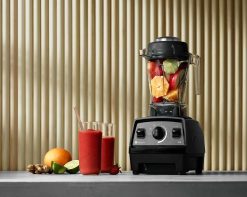Blender: The Ultimate Kitchen Tool for Smoothies, Food Prep & More
Introduction
Elevate your kitchen experience with the best blenders on the market. Whether you need a powerful blender for smoothies, a compact blenders for quick tasks, or a hand blender for versatile use, we’ve got the perfect solution for your needs. From portable blenders and mini blenders to high-speed blenders and professional-grade machines, our range has something for everyone. Blenders machines are designed to deliver efficiency and convenience for various tasks like blending fruits, crushing ice, mixing smoothies, and chopping food.
If you’re looking for a smoothie blenders, the best smoothie maker, or a personal blender, our collection includes top-rated brands like Nutribullet, Philips, and Ninja. These blenders provide superior performance with high-powered motors and are built to last, making them essential tools in any kitchen.
Key Features
- Powerful Blending: High-speed motors in our best smoothie blenders effortlessly crush ice, blend fruits, and process various ingredients.
- Compact & Portable: Portable blenders and mini blenders are perfect for on-the-go blending. Take your personal blender with you anywhere!
- Versatility: Our blender machines double as food processors, mixer smoothie makers, and choppers.
- User-Friendly: Whether it’s a hand blender, stick blender, or immersion blender, ease of use is guaranteed.
- Durable Construction: Glass blenders and stainless steel blenders ensure long-lasting durability and style.
- Speed & Power: The most powerful blenders feature advanced technology for quick blending, mixing, and processing.
Benefits
- Smooth & Consistent Results: First and foremost, get creamy smoothies, soups, and sauces every time for a flawless texture.
- Quick & Easy: Additionally, prepare your meals in a fraction of the time with the best kitchen blenders, making cooking faster and more efficient.
- Healthier Choices: Moreover, enjoy fresh, nutrient-packed smoothies and blends with less effort and no added preservatives, supporting a healthier lifestyle.
- Convenience: Furthermore, mini blenders and portable smoothie blenders are perfect for quick shakes or breakfast smoothies, offering convenience on the go.
- Multi-Functional: Lastly, with the right food blender, you can make everything from smoothies to nut butter to soups, providing versatility for all your culinary needs.
Safety Considerations
- Proper Assembly: Always secure all parts before operating the blender to ensure safe use.
- Overheating: Avoid prolonged use to prevent overheating, especially with high-powered models.
- Safe Handling: Handle the blades with care to avoid injury during cleaning or assembly.
- Cleaning: Follow the manufacturer’s instructions to clean your blender after each use to maintain its performance and longevity.
- Power Cord: Ensure the cord is not tangled or near hot surfaces to avoid electrical hazards.

